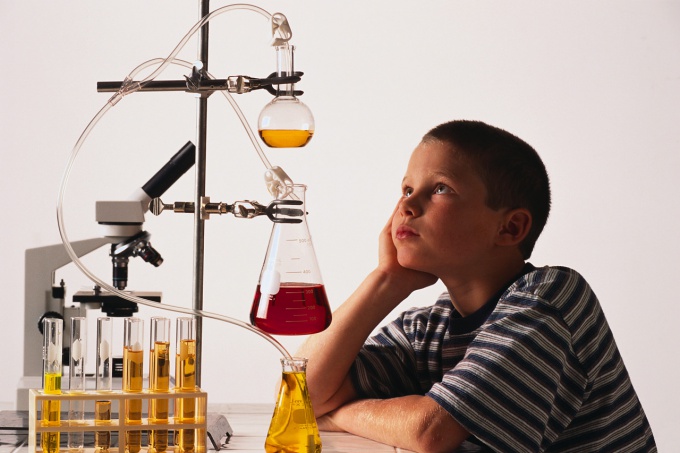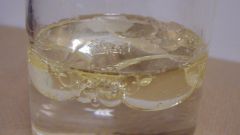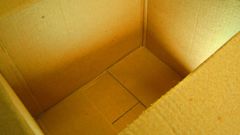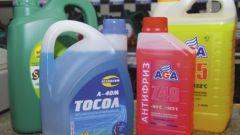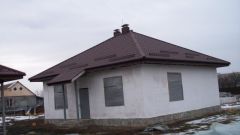Instruction
1
It is obligatory to pour concentrated sulfuric acid into the water, and a thin jet, better a glass rod.
2
Upon receipt of alkali should also be neat. It would be easier – throw a piece of alkali or alkaline earth metal in the water. Alas, it can also be grim, if such a metal is, for example, sodium or calcium, and potassium that reacts with water extremely rapidly. What to say about rubidium.
3
Most importantly - ensure safe performance and maximum efficiency of the reaction. It is good to know and hard to remember what, with what, in what proportions, under what conditions can be mixed. And in any case do not neglect these rules.
4
Prepare initial reagents. This means that the required calculation of the required quantities of reagents, on the basis of equations of chemical reaction, if necessary, prior to their purification by filtration and subsequent evaporation, recrystallization, removal of water, carbon dioxide, for example, by calcination.
5
Provide the maximum possible contact surface. If the reaction takes place in liquid phase, it is necessary to intensively mix the solutions of the reactants once or all the reaction time, according to its terms. Both in laboratory and industrial conditions, this is achieved using a variety of mixers and rotors.
6
If the reaction is not in solution, the reagents must be in powder form. If necessary, they should be ground in the laboratory using a special mortar made of durable and chemically inert material, in the crushing industry is mainly in the so-called "roller mills." The more fine will be the reactants, the faster and more complete reaction will occur.
